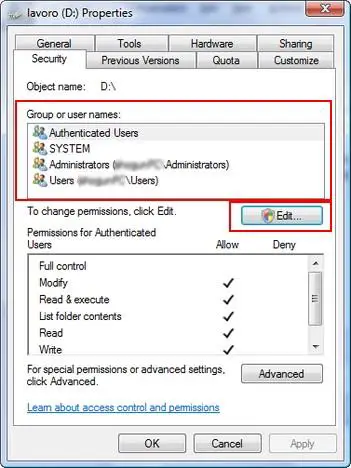

Nearly half of all devices went to those districts, and the remaining went to larger suburban and urban districts with high portions of low-income students. About 69% of the districts that received devices are in rural areas and predominantly serve low-income families. Overall, the devices went to rural districts, as well as some larger districts serving high numbers of low-income students, according to an EdSource analysis of data from the California Department of Education. The fund prioritized small, rural districts with high numbers of low-income students. View our interactive map displaying the concentration of Chromebook distribution at California schools, including data on how many low-income students attend.įollowing an outcry from districts, the Californians Dedicated to Education Foundation, a private nonprofit fiscal manager for the California Department of Education, launched the Bridging the Digital Divide Fund to raise money to buy technology. Map: California Chromebook distribution during Covid-19
#Accessible computers archive#
Eyes on the Early Years Newsletter Archive.Local Control Funding Formula Explained.California’s Homeless Students: Undercounted, Underfunded And Growing.




 0 kommentar(er)
0 kommentar(er)
